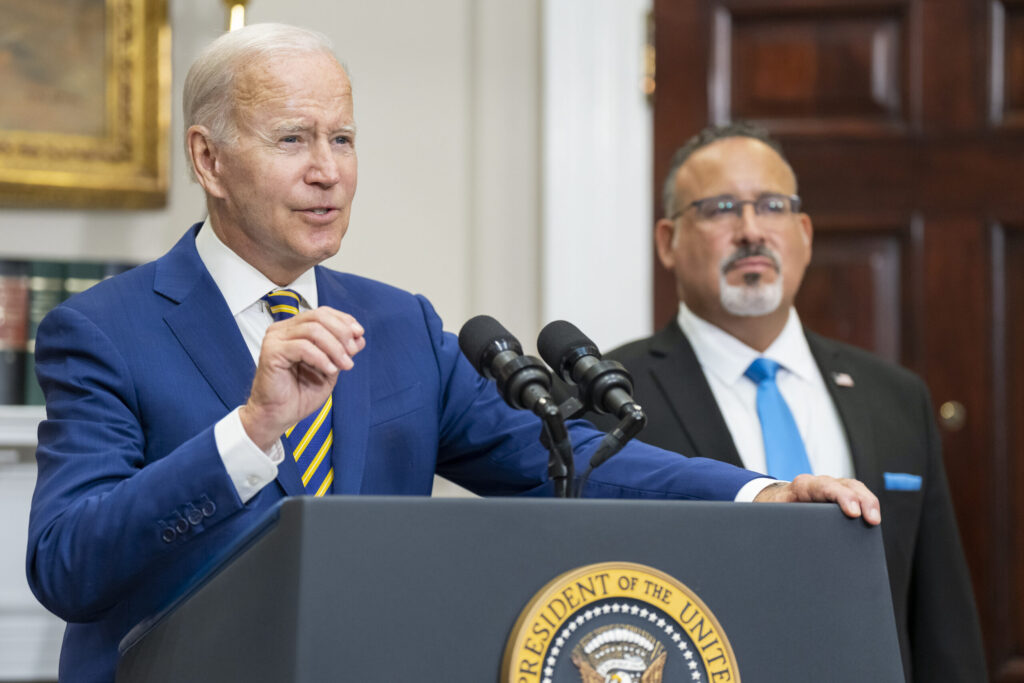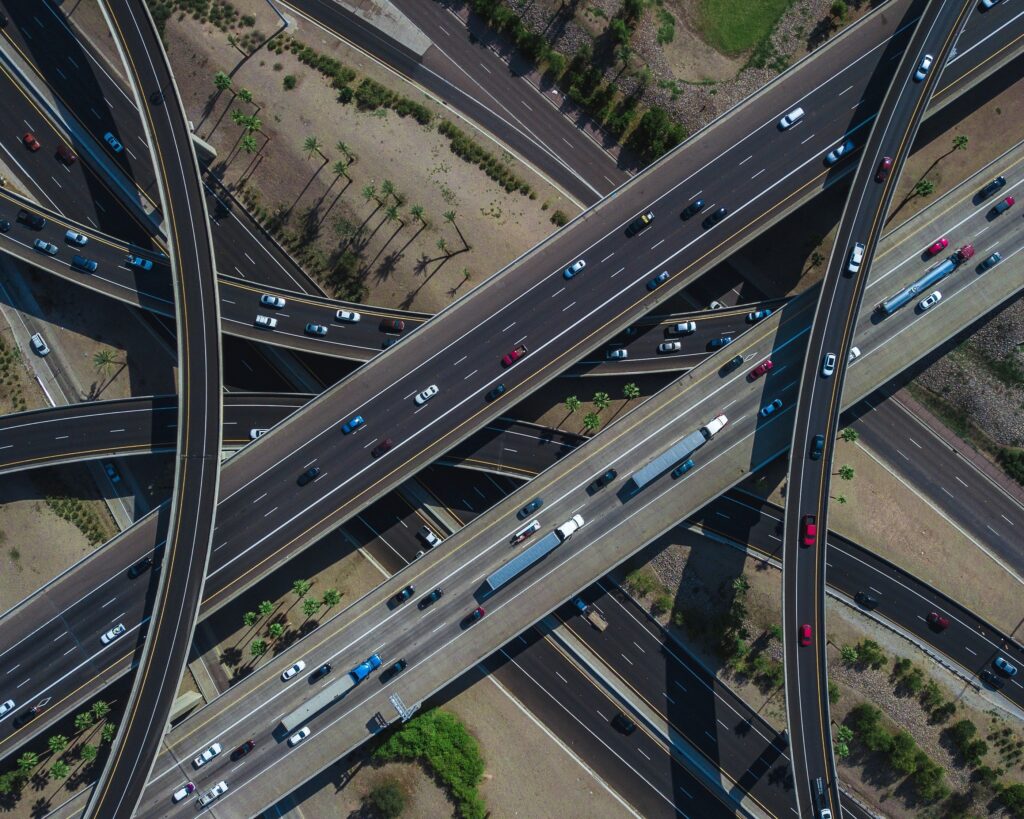
Inverting the IIJA’s double standard

The IIJA and IRA are hailed as landmark pieces of climate legislation. Unfortunately, by prioritizing the status quo of flexibility and formula status for highway projects, the IIJA is set to see the gains of any individual emissions-reducing projects go up in smoke.

When the Infrastructure Investment and Jobs Act (IIJA) was passed two years ago, it was hailed as the biggest investment in our nation’s infrastructure in decades and included flexible funding that states and metro areas could use toward climate initiatives. When followed by the Inflation Reduction Act (IRA) last year, the first two years of the Biden presidency were described as making monumental gains on climate policy.
Unfortunately, as illuminated by an article this summer in the Washington Post, it’s clear that—on the transportation front at least— rhetoric is falling short of reality. The laws, frequently touted by legislators and administration officials as important means to reduce greenhouse gasses and slow climate change, while also providing funding for resiliency efforts, are set to do neither. Projects for private cars are getting the most money with the fewest strings—while transit, traffic safety, ADA accessibility, and other projects that could actually reduce emissions compete to share less money with more strings.
These laws are not a newfound paragon of sustainability and resilience. It’s the same double standard that got us into a climate crisis in the first place.
Some good money after a lot of bad money
The transportation sector accounts for a plurality of greenhouse gas emissions in the United States (28%), and every single attempt to add capacity to a highway—or increase the number of cars it can carry by widening it—increases these emissions. This is because of a concept known as induced demand, which is essentially the “if you build it, they will come” of transportation. As demonstrated by Transportation for America’s jointly-produced SHIFT Calculator, even adding a single lane mile of principal arterial roadway can lead to tens of thousands of additional gallons of gas being burned per year.
Unfortunately, these are exactly the types of projects that the IIJA allows states to spend money on. Out of over $600 billion dollars set aside for surface transportation, two-thirds is reserved for traditional highway programs. This includes over $200 billion combined for the National Highway Performance Program (NHPP) and the Surface Transportation Block Grant Program (STBG). Even if the $14 billion in two climate programs cited by the Washington Post weren’t being raided by states across the country (for projects that should be funded with NHPP and STBG dollars), it would still be dwarfed several times over by funding reserved for capacity expansion projects.
Putting the cart(e Blanche) before the horse
This discrepancy between how projects for cars and projects for all other transportation modes get treated extends beyond how much funding these programs receive to how those funds are distributed. The NHPP and STBG are formula programs which means that the amount line on these checks may already be filled in, but the memo line is effectively empty. States can use these pots of money to build new roads, make resiliency improvements, and build intercity bus terminals, among a long list of potential projects that include undergrounding utilities and controlling invasive plant life. Based on what they’ve done with the money that was specifically supposed to go to reducing emissions and increasing climate resiliency, I’ll let you guess what they continue to choose to spend this money on. (Hint: most of the arterial roads I grew up driving on are lined by above-ground power lines and kudzu-covered trees.)
In contrast, localities and states aren’t given the same carte blanche to reduce emissions. With the exception of emergency COVID relief funding, transit agencies receive effectively no funding for their operations. To build streets safe enough to walk or roll on, renovate transit stations so they’re accessible to people with disabilities, or improve the infrastructure of their transit systems so they can carry more people, many local and regional governments have to go through competitive grant application processes. And even when emission reductions get money through formula programs they often contain the exact loopholes discussed in the Washington Post, allowing their money to be moved to projects that increase emissions.
Flexibility is not a climate solution
This doesn’t mean that making infrastructure funding flexible or having competitive grant programs are inherently bad policy choices. Alaska and Florida are drastically different places with drastically different transportation needs, and it’s good to verify that projects are set up to succeed before spending significant amounts of money on them.
But transportation policy that provides endless flexibility and ensures that most transit, active transportation, and accessibility projects have to compete with other proposed projects to access federal funds is incompatible with climate goals. For decades, state DOTs have been focused on building more and more infrastructure for private cars at the expense of every other possible mode of transportation—if we give them a choose-your-own-adventure program like the NHPP and STBG, the adventure they’re going to choose is more lane miles and more emissions. That’s exactly what Transportation for America feared would take place with the IIJA—despite the significant progress in areas like passenger rail—and what the Washington Post confirmed has happened to just a small portion of the money that’s made its way from USDOT to the states.
To reduce emissions from the transportation sector, we have to recognize that flexibility alone is not a climate solution. When it comes to climate, the goal of good transportation policy must be to make it easier to complete projects that reduce emissions and more difficult to complete projects that increase emissions. That means inverting how much we fund different modes of transportation, so that transit, active transportation, and passenger rail projects get the majority of funds, instead of highways. That also means inverting how these funds are accessed, so transit, active transportation, and passenger rail projects are funded by formula dollars, and highway projects are forced to apply to competitive grant programs.



